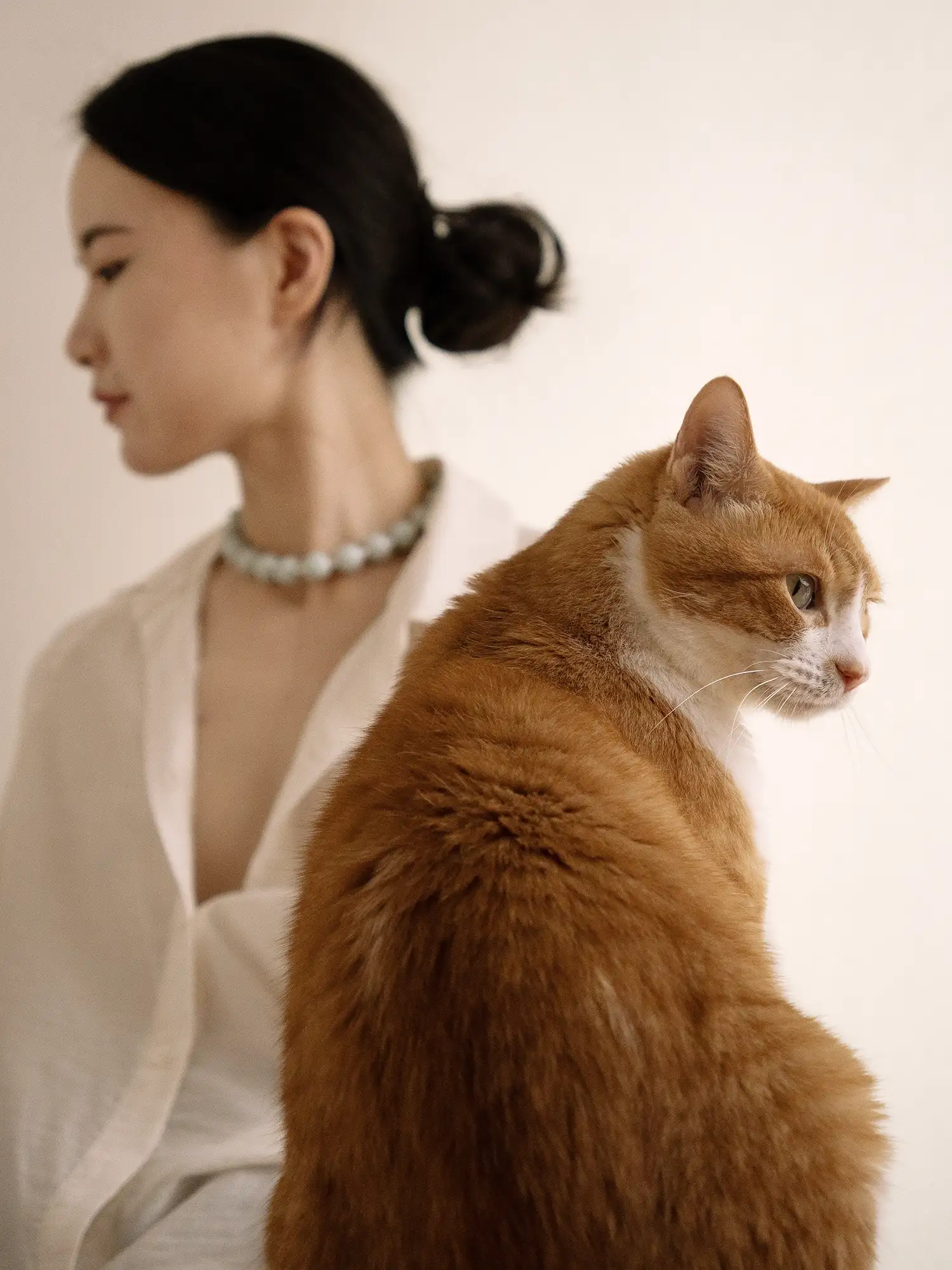
Meet Jingjing
My life has always moved between structure and instinct.
I studied architecture and urban planning in university, then moved to Paris for a management degree at a business school. These paths trained me to think logically and build systems—but they also sharpened my sensitivity to rhythm, space, and form.
After graduation, I worked in finance and business development. During the day, I focused on models and strategy. In the evenings, you'd probably find me in a library flipping through old image books, or pausing in front of a piece of antique jewelry at a tiny gallery.
Jewelry has always been one way I observe culture. I'm constantly drawn to designs with cultural depth—ones that speak without falling into cliché.
Light Stone began with a moment like that. I came across a detail from a Dunhuang mural in an old book. The lines, the silence, the colors—something about it stopped me. And then the question came:
"Why has no one ever worn this?"
I started making things quietly, just for myself at first. But the process kept growing. Eventually, I went back to formal training. I hold GIA certificates in diamond and colored gemstone grading, and I'm currently completing my gemologist diploma.
For me, a piece doesn't need to be loud—it just needs to feel culturally grounded.
Light Stone isn't a brand driven by inspiration. It's more like a map I walk through slowly.
Each collection begins with a moment of contact—with a historical image, a surface texture, or a story from a craftsman. I often talk with local artisans. They tell me about disappearing techniques, about inherited tools, about how materials behave over time. Those moments become the root of a design.
Design, to me, is not about style. It's about judgment and rhythm.
Sometimes I remake a form seven, even eight times, before I let it go.
Sometimes I send back an entire batch of components because the surface doesn't catch the light the way it should.
It's exhausting—but it's worth it.
Outside of design, I train in CrossFit. That tension between breath and control—that's also part of how I think about rhythm and structure.
And I live with a cat named A'dai. He's wild and intuitive. He crashes around the apartment, but always lands exactly where he means to. Sometimes, I think he understands space better than I do.
If you've ever paused over a pattern on a pot, or a line in a book, or a small motif in a corner of something old—
you might understand why I do this:
to bring quiet beauty back into the everyday rhythm of body and memory.


